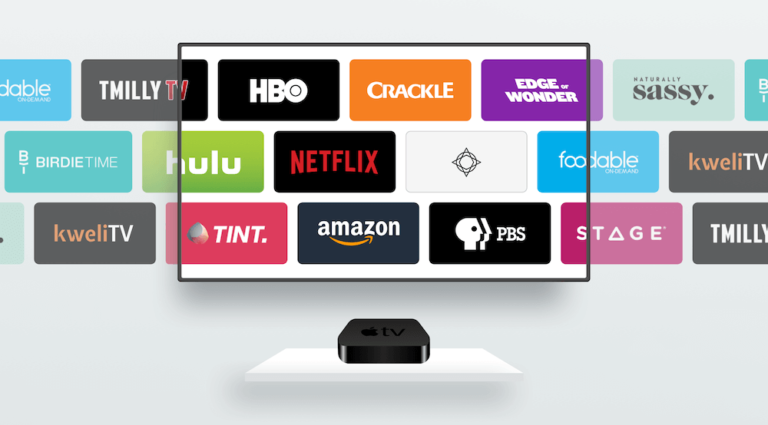
Back in the days when you wanted to watch a movie you needed to go to the movie rental in town and you had to spend about half an hour in the video store looking for a movie everyone agreed with. There were no recommendations or movies you could add to a watch list and there were only about one or two tapes of it in the video store which were scattered all over the store. Even when someone recommended a movie to you, you had to search for it. But times changed and streaming is now main stream. Netflix was launched in 2007 and after that many platforms launched all over the world. Platforms like Hulu (2008), Amazon prime (2011), Disney+ (2019) and HBOmax (2020) (Emerce, 2021).
All of these platforms are called OTT-platforms, which stands for Over-The-Top video platforms. The services of OTT platforms are accessible via every internet-enabled device, but most of the time the services are only for those who pay for the certain OTT-platform (Wilbert, 2022). As mentioned above, launched in 2007, Netflix was the first online streaming service. It completely changed of the way we watch movies and series, because of that it is a disruptive innovation. It now has the preference of people, as it is way more flexible and has a much bigger variety of content than the movie rentals, next to that it also offers a personalized experience through the recommendation algorithm (themedialab, n.d.). In the last couple of years more platforms started to launch, a big help to that was COVID-19, because of the virus the platforms experienced a growth of 700% (Mordor Intelligence, 2022). The platforms differentiate from each other by offering their own productions and having a monopoly for several movies and series. Because of this, consumers have several different subscriptions. In the USA the average number of OTT subscriptions even is 4.7 per household (Senal News, 2022). But after the big growth and the rising number of subscribers, there is now a decline or stalling in growth spotted. Because of that it is even more important for the OTT-platforms to diversify growth strategies and fine tune competitive advantages (Avery, 2022).
Avery, H. (2022) Video streaming market growth stalls in the US. Kantar. Retrieved from https://www.kantar.com/inspiration/technology/us-video-streaming-market-growth-stalls
Emerce. (2021) Infographic: de tijdlijn van streaming. Emerce. Retrieved from https://www.emerce.nl/nieuws/infographic-tijdlijn-streaming
Mordor Intelligence. (2022) GLOBAL OVER THE TOP (OTT) MARKET – GROWTH, TRENDS, COVID-19 IMPACT, AND FORECASTS (2022 – 2027). Mordor Intelligence. Retrieved from https://www.mordorintelligence.com/industry-reports/over-the-top-market
The media lab. (n.d.) 7 key factors behind the success story of Netflix. The media lab. Retrieved from https://www.themedialab.me/7-key-factors-behind-success-story-netflix/
Senal News. (2022) HOW MANY HOUSEHOLDS ARE ACCESSING STREAMING SERVICES IN THE UNITED STATES? Senal News. Retrieved from https://senalnews.com/en/research/how-many-households-are-accessing-streaming-services-in-the-united-states
Wilbert, M. (2022) The 10 Best OTT Streaming Services (+10 OTT Platforms for Building your Own). Dacast. Retrieved from https://www.dacast.com/blog/5-business-ott-platforms-for-over-the-top-video-content/
